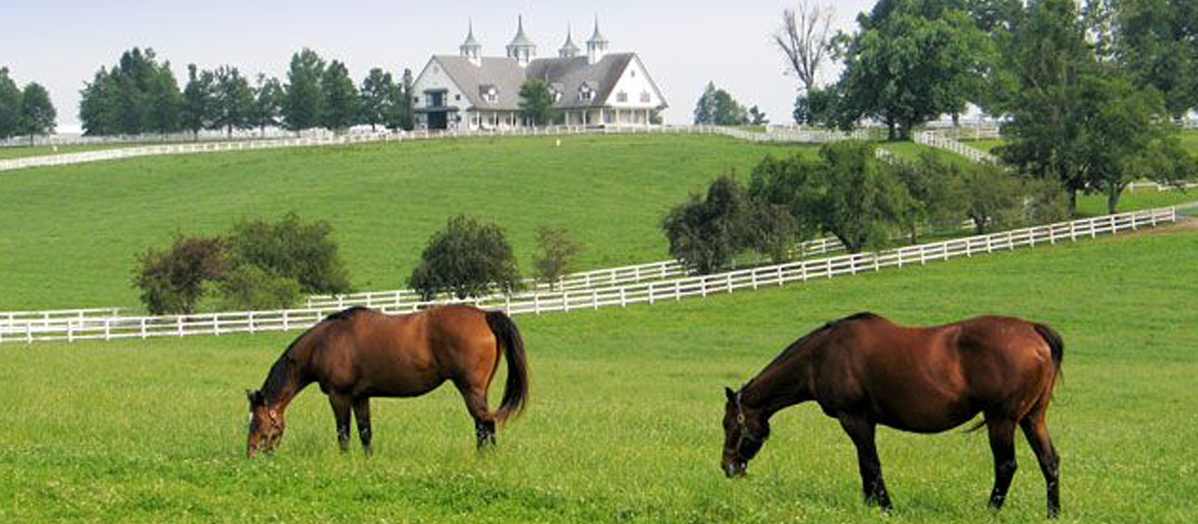365
Days in Horse Country – The Andalusian

The ancestors
of the Andalusian were painted on cave walls some 25,000 years ago. Although other prehistoric images of horses
appear in European cave paintings, the images in Spain depict a horse that was
lead by humans, not hunted by them. For
this reason, some experts think the ancestor of the Andalusian was the first
horse to be domesticated on the European continent.
These early Spanish horses remained on the Iberian Peninsula for centuries, their genetic purity unspoiled. But when foreign invaders and their mounts landed on Spanish shores, the blood of the native horse became mixed with that of other breeds. Eventually, from this melding of bloodlines came a horse known through the continent of Europe as the Iberian. This horse is known as the Andalusian, named for Andalucia, in the south of Spain.
The Iberian breed eventually became known throughout the continent for its prowess as a warhorse. The Greeks and Romans used these horses, as did the Carthaginians during the Punic Wars.
Over the next 500 years, a series of wars between Spain and other countries seriously affected the breed, and its numbers dwindled. The breed managed to survive in small numbers, and eventually became popular again because of its use in the Spanish Riding School of Vienna. Here, the Andalusian gained considerable influence, and it was used to create a number of other breeds, including the Lipizzan, the Friesian, the Peruvian Paso, the Paso Fino, and the U.S. Quarter Horse.
The Andalusian is a moderately sized horse, standing anywhere from 15.2 to 16.2 hands. His head has a slightly convex or straight profile. Most Andalusians are gray or white, a few are bay, and even fewer are black.
The breed is usually in a number of different disciplines, particularly dressage and carriage driving.
Michael







